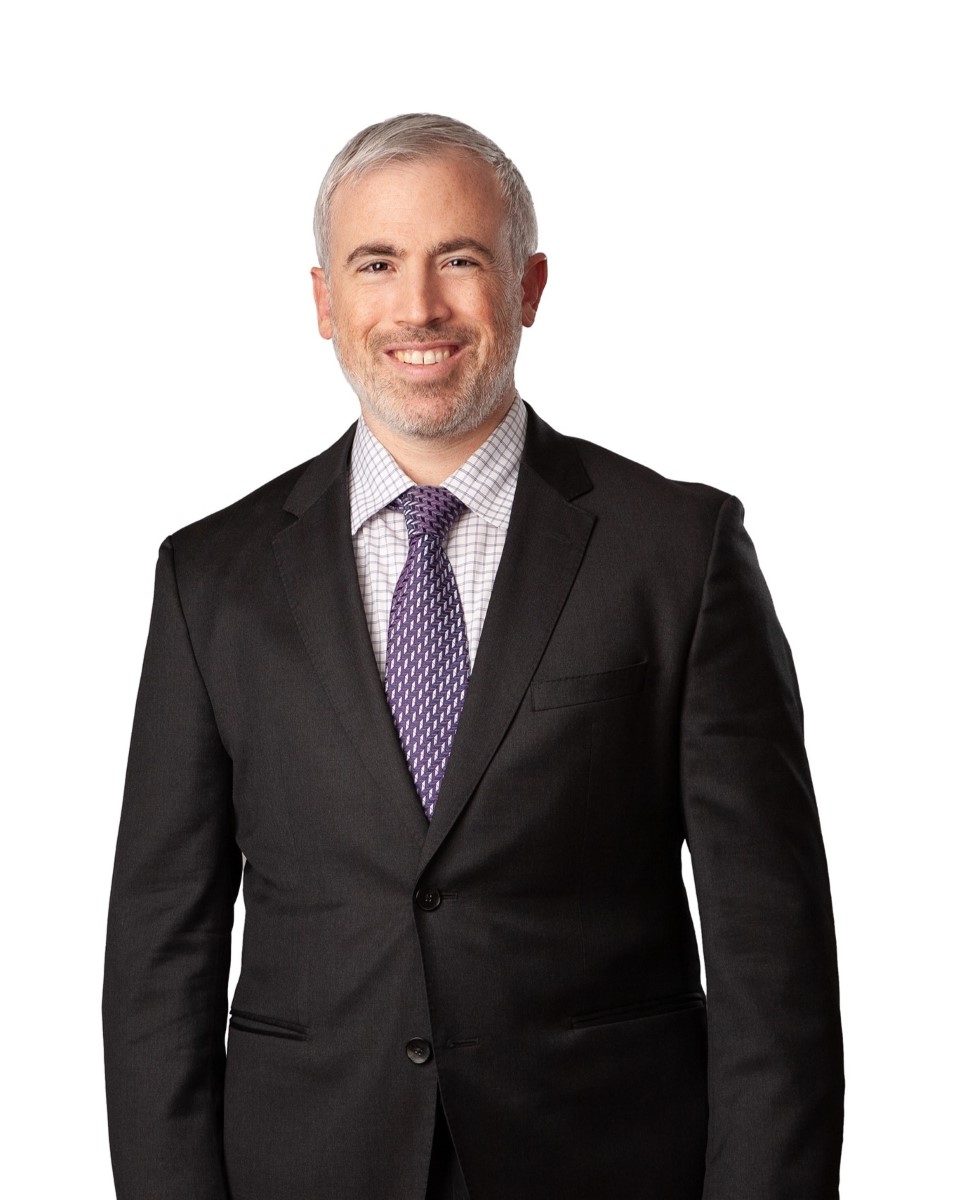Minimally Invasive Glaucoma Surgery (MIGS)

Minimally invasive glaucoma surgery, or micro-invasive glaucoma surgery, is commonly called MIGS, and it is an advanced approach to glaucoma treatment. Glaucoma is an eye disease that causes damage to the optic nerve, often as a result of high pressure within the eye. There is no cure for glaucoma, but MIGS procedures can lower eye pressure in order to prevent nerve damage and loss of vision. There are several types of MIGS, all of which use specialized equipment to slow or prevent the progression of glaucoma. The glaucoma surgeons at Eye Doctors of Washington are highly experienced in minimally invasive glaucoma surgery and we offer a variety of MIGS procedures for patients in Washington D.C., Northern Virginia, and Maryland.
Benefits of Minimally Invasive Glaucoma Surgery (MIGS)
Patients with glaucoma have several treatment options, and your eye doctor will work with you to identify a glaucoma management plan that works with your medical history and lifestyle. For many patients, a MIGS procedure can be more effective than medical treatments and also less invasive than traditional surgery. For patients with mild to moderate glaucoma, MIGS offers fewer complications and a shorter recovery time than older surgical methods. It can also be a good option for patients who wish to reduce their dependence on daily eye drops and medications.
Types of Minimally Invasive Glaucoma Surgery (MIGS)
iStent® for Microtrabecular Bypass
The iStent procedure involves small titanium implants that are placed during minimally invasive glaucoma surgery to help lower eye pressure by improving the drainage of aqueous fluid out of the eye through its natural drainage system. It is intended to treat patients with open angle glaucoma and cataracts, and is placed during cataract surgery. The procedure may also be combined with the endocyclophotocoagulation laser (ECP laser). ECP is a glaucoma laser that can reduce the amount of fluid produced in the eye, a complementary procedure to the iStent® that is designed to improve the drainage of fluid from the eye.
Hydrus® Microstent
The Hydrus Microstent is a micro device (about the size of a single eyelash) that is placed in the eye to improve drainage. Hydrus is intended to be placed during cataract surgery and it has been proven effective for patients with mild to moderate open-angle glaucoma. Hydrus is placed in a part of your eye’s drainage system called the Schlemm’s canal. It reduces eye pressure by gently expanding the width of this canal to improve drainage. A benefit of Hydrus is that it may reduce or eliminate your dependence on eye drops, with some clinical studies showing that up to 78% of Hydrus patients were able to eliminate eye drops from their glaucoma management plan.1
Xen® Gel Stent
The Xen gel stent acts to create a new drainage system in the eye to lower the intraocular pressure. This tiny device is about the size of an eyelash and is placed under the conjunctiva which is the clear tissue that covers the white of the eye, and can be inserted either from inside the eye (ab interno) or from outside the eye (ab externo). A MIGS procedure with this device may be an option for patients with a greater range of glaucoma severity. In a clinical study, patients who received the Xen gel stent were able to reduce their glaucoma medications by up to 75%.2
OMNI® Surgical System
The OMNI surgical system is a single use instrument designed to lower intraocular pressure. In most types of glaucoma, there is an imbalance of fluid production and fluid drainage leading to a rise in intraocular pressure. The drainage system of the eye is a circular canal in the front of the eye. The fluid drains through a membrane known as the trabecular meshwork. The OMNI system targets this tissue by delivering a small amount of intraocular gel or viscoelastic into the drainage system. This can allow it to dilate the canal and reshape the part of the drainage system. A small controlled opening in the drainage canal can also be performed to further improve the eye pressure. This dual system allows your glaucoma surgeon to specifically customize the treatment to best meet your needs. The OMNI system can be used alone or performed in conjunction with cataract surgery.
Kahook Dual Blade® (KDB)
The Kahook Dual Blade (KDB) is a novel goniotomy blade used to treat glaucoma in a MIGS procedure, as a stand-alone procedure or in combination with cataract surgery. This device can be used for patients with mild, moderate, or severe glaucoma. The KDB goniotomy removes the covering of a section of the trabecular meshwork in order to increase outflow and subsequently improve intraocular pressure. The KDB is a single use micro-engineered blade stainless steel blade designed to be inserted into a small corneal incision.
What To Expect From Minimally Invasive Glaucoma Surgery (MIGS)
Preparing for MIGS
Your eye doctor will perform several diagnostic tests to determine if a MIGS procedure is right for you and decide which device or technique will best meet your needs. Once you have scheduled a procedure, your eye doctor will give you detailed pre-procedure guidelines that may include adding or discontinuing certain eye drops from your medication routine. You should arrange for someone to drive you to and from your surgery.
Your MIGS Procedure
MIGS is an outpatient procedure done at either a local surgical center or hospital. Patients typically receive local anesthesia or numbing eye drops, along with IV sedation supplied by an Anesthesiologist. Many types of MIGS are designed to be performed in conjunction with cataract surgery, in which case the same incision that is made to remove your cataract will also be used to insert your micro device.
Recovery After MIGS
Your recovery will depend on a number of factors, such as the type of procedure you have and your medical history. One of the benefits of a MIGS procedure is that recovery will be shorter than with a traditional surgery, but you should still plan to refrain from strenuous activity for several weeks. Your eye doctor will schedule a follow up appointment and provide you with post-procedure care guidelines, which may include medications. Most MIGS patients can expect an improvement in intraocular pressure after about 6-8 weeks.
Who is a Candidate for MIGS?
Your eye doctor will consider several things when deciding if you are a candidate for MIGS, including your medical history and your current glaucoma management plan. Generally, an ideal candidate for MIGS has mild to moderate open angle glaucoma and is already planning to have cataract surgery. However, there are also MIGS options for patients who are not in need of cataract surgery. The best way to determine if MIGS is right for you is to schedule an appointment with your eye doctor to discuss your options.
Contact Eye Doctors of Washington
The team at Eye Doctors of Washington is dedicated to providing personalized care for patients in Washington D.C., Northern Virginia, and Maryland. Our glaucoma surgeons are highly experienced in a full range of glaucoma treatment options. Contact us today with any questions or to schedule your appointment.
1 Samuelson TW, Chang DF, Marquis R, et al; HORIZON Investigators. A Schlemm canal microstent for intraocular pressure reduction in primary open-angle glaucoma and cataract: The HORIZON Study. Ophthalmology. 2019;126:29-37
2 Reitsamer HA, Lenzhofer M, Hohensinn M, Höh. Ab Interno Approach to Subconjunctival Space: First 567 Eyes Treated With New Minimally Invasive Gel Stent for Treating Glaucoma. Paper presented at: ASCRS 2015. ASCRS/ASOA Annual Symposium and Congress; 2015 Apr 17-21; San Diego, CA.




